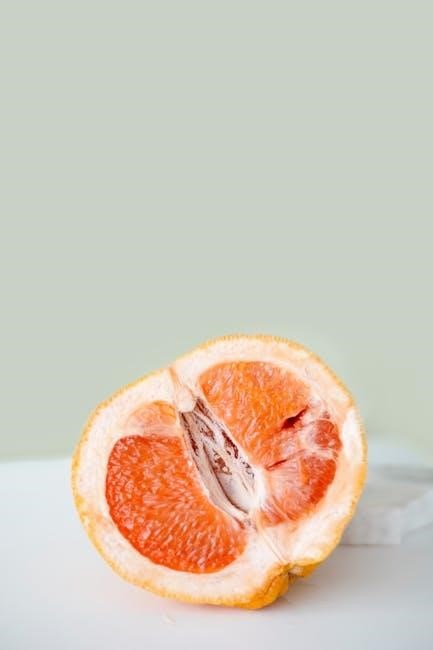The Beaks of Finches Lab is a popular educational activity that simulates natural selection and adaptation in finch species. The lab involves students competing to collect seeds using different beak tools, mimicking the process of natural selection. In this article, we will provide an overview of the lab and offer answers to common questions, as well as a PDF answer key for the Beaks of Finches Lab.
The Beaks of Finches Lab is designed to illustrate the concept of natural selection and how it drives adaptation in species. The lab is typically conducted in a classroom setting, where students are divided into groups and assigned different beak tools. The objective is to collect as many seeds as possible using the assigned beak tool, simulating the process of foraging for food in the wild.
Materials Needed for the Lab
The following materials are required for the Beaks of Finches Lab:
- Beak tools (e.g., binder clips, clothespins, chopsticks, tongs, pliers, tweezers)
- Seeds (e.g., small beads, rice, or beans)
- A container or tray to hold the seeds
- A stopwatch or timer
- A data sheet to record results
Procedure for the Lab
The procedure for the Beaks of Finches Lab involves the following steps:
- Divide students into groups and assign each group a beak tool.
- Explain the objective of the lab and demonstrate how to use the beak tool to collect seeds.
- Conduct multiple trials, with each trial lasting a set amount of time (e.g., 2-3 minutes).
- Record the number of seeds collected by each group during each trial.
- Repeat the trials multiple times to simulate the process of natural selection.
Answer Key for the Beaks of Finches Lab
The answer key for the Beaks of Finches Lab depends on the specific questions and prompts provided in the lab guide. However, here are some general answers to common questions:
Predict which beak will be the most successful at picking up small seeds: The beak with the smallest, most precise tip (e.g., tweezers) is likely to be the most successful.
Predict which beak will be the least successful at picking up small seeds: The beak with the largest, most cumbersome tip (e.g., pliers) is likely to be the least successful.
Examine the data collected during the lab and explain the results: The data should show that the beak tools with smaller, more precise tips were more successful at collecting small seeds, while the beak tools with larger, more cumbersome tips were less successful.
Beaks of Finches Lab Answers PDF
A PDF answer key for the Beaks of Finches Lab can be downloaded from various online sources. The answer key should provide detailed answers to the questions and prompts in the lab guide, as well as explanations for the results obtained during the lab.
Some common answers and explanations included in the Beaks of Finches Lab Answers PDF are:
- Trial 1: The group with the tweezers collected the most seeds, while the group with the pliers collected the fewest seeds.
- Trial 2: The group with the chopsticks collected more seeds than the group with the clothespin, but fewer seeds than the group with the tongs.
- Trial 3: The group with the binder clips collected the most seeds, while the group with the plyers collected the fewest seeds.
The Beaks of Finches Lab is a fun and educational activity that simulates natural selection and adaptation in finch species. By using different beak tools to collect seeds, students can learn about the importance of inherited traits in determining the survival and success of a species. The Beaks of Finches Lab Answers PDF provides a comprehensive guide to the lab, including answers to common questions and explanations for the results obtained during the lab.



